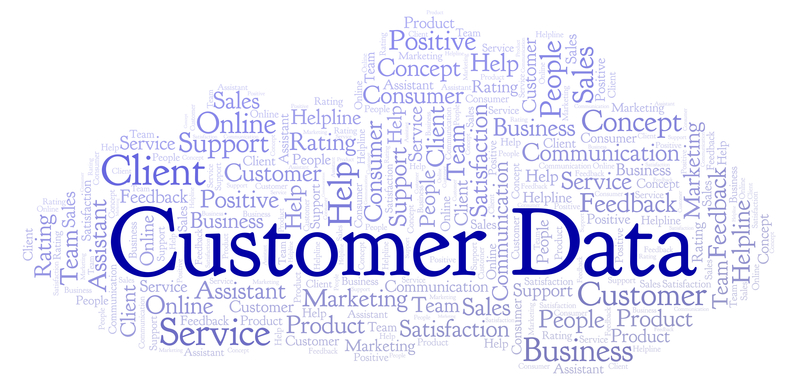It is important for businesses to place a lot of importance on understanding the needs of their customers. It is in this regard that the Voice of the Customer (VoC) and customer data are crucial. Top-notch companies like Zappos, Southwest Airlines, USAA, and Nordstrom relentlessly focus on the needs of the customer.
The VoC and its implications for your business should never be overlooked. The last thing a business wants is to leave their customers’ voices unheard.
Understanding VoC
The Voice of the Customer refers to the information that is exchanged between a business and its customers. This information is multi-dimensional and can take many forms. Identifying the VoC is the first step in the cycle of performance improvement.
- Customer expectations: Businesses need to pay heed to what it is that their customers want.
- Communication mechanisms: It is also important to identify how the communication between a business and its customers takes place.
- The importance of listening: Furthermore, it is critical to ponder why the business should listen to its customers.
- Identifying improvement areas: Taking a step back to evaluate how your business is performing and identifying the areas of improvement is important.
Types of Customer Voices
Customers communicate with a business using various voices. Understanding the ways customer data can be aggregated and VoCs recorded is a challenge for all businesses and one that must be given significant importance and forethought. The following are some different types of VoCs:
- Complaints: Customers often voice their grievances, which can be quite revealing of their satisfaction levels and expectations.
- Contract Cancellations: Cancellation of an ongoing contract is a signal of customer dissatisfaction. It is imperative to look into the matter if the density of contract closures in your business is high.
- Product Returns: Product returns are one of the strongest indicators of a growing gap between a business and its customers. Unmet expectations are often the biggest cause of product returns.
- Compliments: Positive feedback can also provide valuable insights, for it reveals areas where businesses are doing well. Constantly striving to strengthen these areas is highly recommended.
- Sales Preferences: Customer preferences related to products and services generates valuable data that is crucial for understanding customer behavior and voices.
- Surveys: Customer surveys can be information rich sources of customer data. The importance of surveying customers in the right manner, with the right questions, cannot be overemphasized.
- Interviews: It is a great idea to interview key customers and record their thoughts on the products and services offered, particularly the areas in which they think the services could be improved.
Analyzing VoC and Setting Performance Standards
Once customer data and VoC have been gathered, it is time for analysis and correlation. Note that not all customers of a business should be afforded the same significance. Not all customers contribute the same value and it is thus essential to identify the key customers who matter the most. It is important to consider, in this regard, that all customers, irrespective of whether they are ‘key’ or not, should be equally considered and their complaints heard. Even they can contribute significant value.
Businesses must develop ways to identify loyal customers who can add the most value to the business. This is why customer segmentation assumes prime importance.
The next step in the establishment of performance standards involves deriving Critical Customer Requirements (CCRs) from the VoC. In essence, the CCRs are measurable and specific expectations customers have regarding certain products and services.
The CCRs help shape the important decisions which must be made once customer expectations are linked to process performance.
Setting Standards with Vetted VoC Data
You can obtain the VoC data by combining two primary sources: customer feedback and the operational data. While the former can be collected via email, SMS, IVR, etc, the latter can be obtained from your website analytics, for instance. Once the data has been collected, it is time to set the performance standards using the betted VoC data.
This is done by integrating the Voice of the Process (VoP) with the VoC so that the processes are more robust, quality-oriented, and cost-effective. The VoP indicated the capability of a process in meeting customer requirements. It is important to constantly monitor VoC and align the processes accordingly.
Two indices measuring the variation in the process and its central tendency can help a business monitor the alignment. It is recommended to plot this data using the Run and Control charts. This will help enhance the visibility of data and make it easy to interpret.
Conclusion
The Voice of the Customer (VoC) and Customer Data are of supreme importance. Businesses need to focus on efficient ways of identifying VoCs, collecting customer data, and analyzing the information in order to set performance standards that play a pivotal role in long-term business success.
The measurement of VoC ultimately helps define the scale of budget allocation for improvement.







Leave A Comment